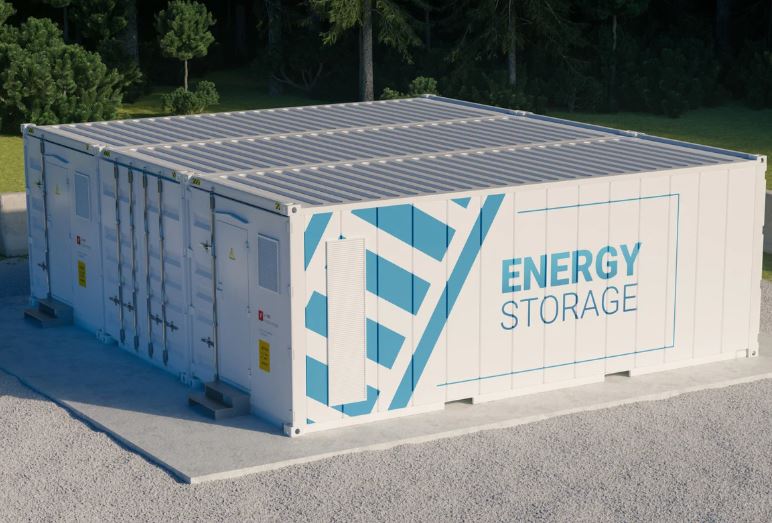As renewable energy penetration rises, balancing intermittent generation with reliable grid services remains a pressing challenge. Subsurface pumped energy storage (SPES) is emerging as a versatile solution, offering kilowatt-to-megawatt-scale power output from a single well while achieving storage densities over 30 times greater than conventional pumped hydro storage.
Recent research underscores SPES’s potential to deliver both high power output and flexible discharge durations across diverse geological conditions, positioning it as a cost-competitive alternative for long-duration energy storage.
SPES relies on artificially induced subsurface fractures to store pressurized water or fluid, releasing it through turbines when electricity is needed. Unlike traditional pumped hydro, which requires large surface reservoirs, SPES can operate within deep geological formations, enabling deployment in regions where land or topographical constraints would otherwise limit storage options. Modeling studies show that factors such as fracture geometry, wellbore configuration, and flow-back rates significantly influence output power and duration. Deep elliptical fractures, for example, provide higher storage density and more sustained power delivery than shallow penny-shaped formations.
The technology also offers operational adaptability. Surface wellhead pressure and fluid dynamics can be tuned to meet grid requirements ranging from tens of kilowatts in rural or distributed contexts to several megawatts in industrial or urban grids. This scalability allows SPES to support critical services such as load balancing, frequency regulation, and backup power without the extensive infrastructure footprint of traditional pumped hydro. Furthermore, cost analyses suggest SPES construction may be more competitive than alternative long-duration storage technologies, particularly in regions with accessible fractured formations.
Integration studies indicate that SPES can complement existing renewable assets by absorbing surplus generation and smoothing dispatch to match demand. By providing high-density storage in subsurface formations, SPES mitigates curtailment risks associated with wind and solar variability, helping grids maximize renewable utilization. Comparisons with conventional pumped hydro demonstrate that SPES not only reduces land use and civil engineering requirements but also offers enhanced energy density, making it a potential game-changer for grids facing spatial and environmental constraints.
With growing interest in long-duration and flexible energy storage, SPES represents a promising addition to the portfolio of grid-scale solutions. Continued field validation, model refinement, and operational testing are essential to establish reliability under real-world conditions. Early results, however, suggest that this subsurface approach could play a pivotal role in supporting decarbonized, resilient electricity systems.
Stay updated on the latest in energy! Follow us on LinkedIn, Facebook, and X for real-time news and insights. Don’t miss out on exclusive interviews and webinars—subscribe to our YouTube channel today! Join our community and be part of the conversation shaping the future of energy.
